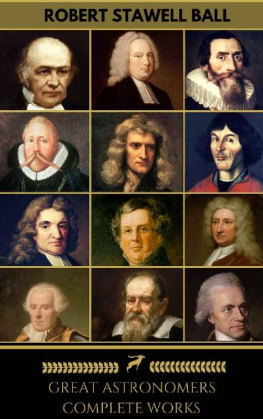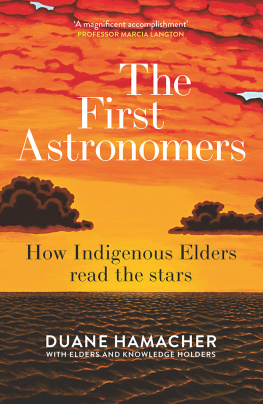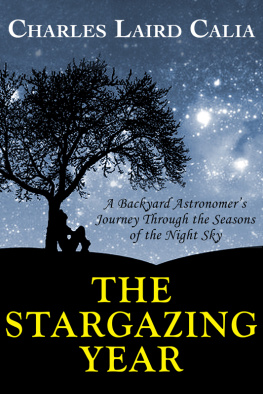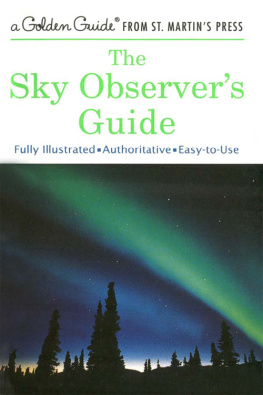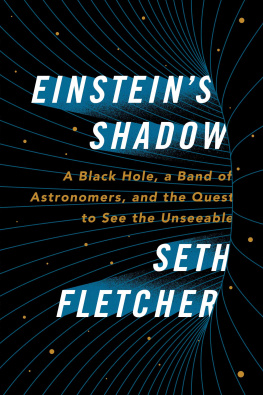Chapter Young Astronomer
ISAAC NEWTON was just fourteen years of age when the birth of Edmund Halley, who was destined in after years to become Newton's warmly attached friend, and one of his most illustrious scientific contemporaries, took place. There can be little doubt that the fame as an astronomer which Halley ultimately acquired, great as it certainly was, would have been even greater still had it not been somewhat impaired by the misfortune that he had to shine in the same sky as that which was illumined by the unparalleled genius of Newton.
Edmund Halley was born at Haggerston, in the Parish of St. Leonard's, Shoreditch, on October 29th, 1656. His father, who bore the same name as his famous son, was a soap-boiler in Winchester Street, London, and he had conducted his business with such success that he accumulated an ample fortune. I have been unable to obtain more than a very few particulars with respect to the early life of the future astronomer. It would, however, appear that from boyhood he showed considerable aptitude for the acquisition of various kinds of learning, and he also had some capacity for mechanical invention. Halley seems to have received a sound education at St. Paul's School, then under the care of Dr. Thomas Gale.
Here the young philosopher rapidly distanced his competitors in the various branches of ordinary school instruction. His superiority was, however, most conspicuous in mathematical studies, and, as a natural development of such tastes, we learn that by the time he had left school he had already made good progress in astronomy. At the age of seventeen he was entered as a commoner at Queen's College, Oxford, and the reputation that he brought with him to the University may be inferred from the remark of the writer of "Athenae Oxonienses," that "Halley came to Oxford with skill in Latin, Greek, and Hebrew, and such a knowledge of geometry as to make a complete dial." Though his studies were thus of a somewhat multifarious nature, yet it is plain that from the first his most favourite pursuit was astronomy. His earliest efforts in practical observation were connected with an eclipse which he observed from his father's house in Winchester Street. It also appears that he had studied theoretical branches of astronomy so far as to be conversant with the application of mathematics to somewhat abstruse problems.
Up to the time of Kepler, philosophers had assumed almost as an axiom that the heavenly bodies must revolve in circles, and that the motion of the planet around the orbit which it described must be uniform. We have already seen how that great philosopher, after very persevering labour, succeeded in proving that the orbits of the planets were not circles, but that they were ellipses of small eccentricity. Kepler was, however, unable to shake himself free from the prevailing notion that the angular motion of the planet ought to be of an uniform character around some point. He had indeed proved that the motion round the focus of the ellipse in which the sun lies is not of this description. One of his most important discoveries even related to the fact that at some parts of its orbit a planet swings around the sun with greater angular velocity than at others. But it so happens that in elliptic tracks which differ but little from circles, as is the case with all the more important planetary orbits, the motion round the empty focus of the ellipse is very nearly uniform. It seemed natural to assume, that this was exactly the case, in which event each of the two foci of the ellipse would have had a special significance in relation to the movement of the planet. The youthful Halley, however, demonstrated that so far as the empty focus was concerned, the movement of the planet around it, though so nearly uniform, was still not exactly so, and at the age of nineteen, he published a treatise on the subject which at once placed him in the foremost rank amongst theoretical astronomers.
But Halley had no intention of being merely an astronomer with his pen. He longed to engage in the practical work of observing. He saw that the progress of exact astronomy must depend largely on the determination of the positions of the stars with all attainable accuracy. He accordingly determined to take up this branch of work, which had been so successfully initiated by Tycho Brahe.
At the present day, astronomers of the great national observatories are assiduously engaged in the determination of the places of the stars. A knowledge of the exact positions of these bodies is indeed of the most fundamental importance, not alone for the purposes of scientific astronomy, but also for navigation and for extensive operations of surveying in which accuracy is desired. The fact that Halley determined to concentrate himself on this work shows clearly the scientific acumen of the young astronomer.
Halley, however, found that Hevelius, at Dantzig, and Flamsteed, the Astronomer Royal at Greenwich, were both engaged on work of this character. He accordingly determined to direct his energies in a way that he thought would be more useful to science. He resigned to the two astronomers whom I have named the investigation of the stars in the northern hemisphere, and he sought for himself a field hitherto almost entirely unworked. He determined to go to the southern hemisphere, there to measure and survey those stars which were invisible in Europe, so that his work should supplement the labours of the northern astronomers, and that the joint result of his labours and of theirs might be a complete survey of the most important stars on the surface of the heavens.
In these days, after so many ardent students everywhere have devoted themselves to the study of Nature, it seems difficult for a beginner to find a virgin territory in which to commence his explorations. Halley may, however, be said to have enjoyed the privilege of commencing to work in a magnificent region, the contents of which were previously almost entirely unknown. Indeed none of the stars which were so situated as to have been invisible from Tycho Brahe's observatory at Uraniborg, in Denmark, could be said to have been properly observed. There was, no doubt, a rumour that a Dutchman had observed southern stars from the island of Sumatra, and certain stars were indicated in the southern heavens on a celestial globe. On examination, however, Halley found that no reliance could be placed on the results which had been obtained, so that practically the field before him may be said to have been unworked.
At the age of twenty, without having even waited to take that degree at the university which the authorities would have been glad to confer on so promising an undergraduate, this ardent student of Nature sought his father's permission to go to the southern hemisphere for the purpose of studying the stars which lie around the southern pole. His father possessed the necessary means, and he had likewise the sagacity to encourage the young astronomer. He was indeed most anxious to make everything as easy as possible for so hopeful a son. He provided him with an allowance of 300 a year, which was regarded as a very munificent provision in those days. Halley was also furnished with letters of recommendation from King Charles II., as well as from the directors of the East India Company. He accordingly set sail with his instruments in the year 1676, in one of the East India Company's ships, for the island of St. Helena, which he had selected as the scene of his labours.
After an uneventful voyage of three months, the astronomer landed on St. Helena, with his sextant of 5 feet radius, and a telescope 24 feet long, and forthwith plunged with ardour into his investigation of the southern skies. He met, however, with one very considerable disappointment. The climate of this island had been represented to him as most favourable for astronomical observation ; but instead of the pure blue skies he had been led to expect, he found that they were almost always more or less clouded, and that rain was frequent, so that his observations were very much interrupted. On this account he only remained at St. Helena for a single year, having, during that time, and in spite of many difficulties, accomplished a piece of work which earned for him the title of "our southern Tycho." Thus did Halley establish his fame as an astronomer on the same lonely rock in mid-Atlantic, which nearly a century and a-half later became the scene of Napoleon's imprisonment, when his star, in which he believed so firmly, had irretrievably set.

